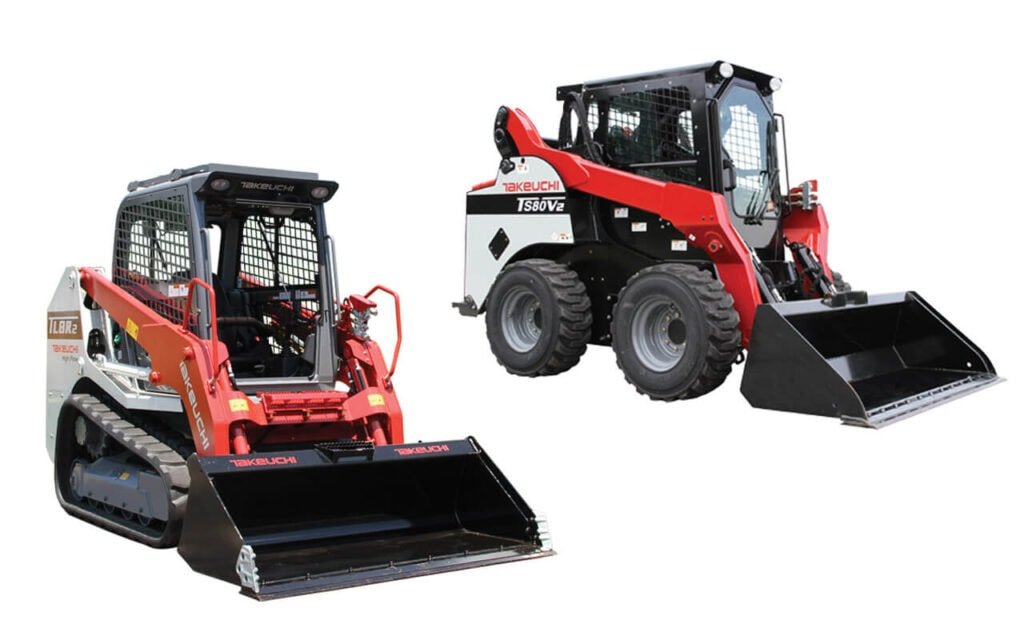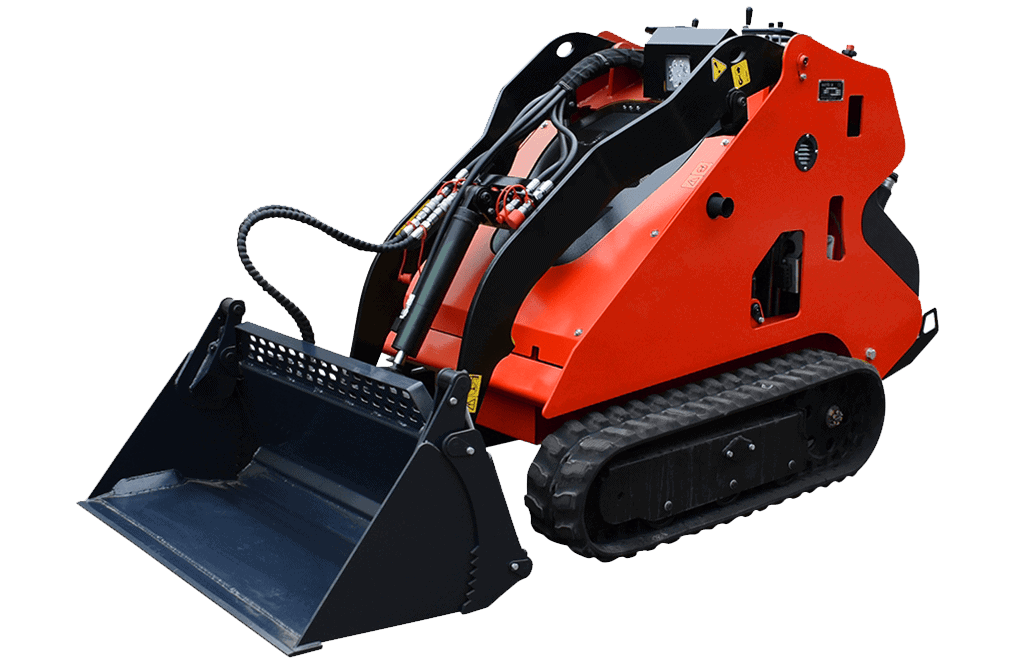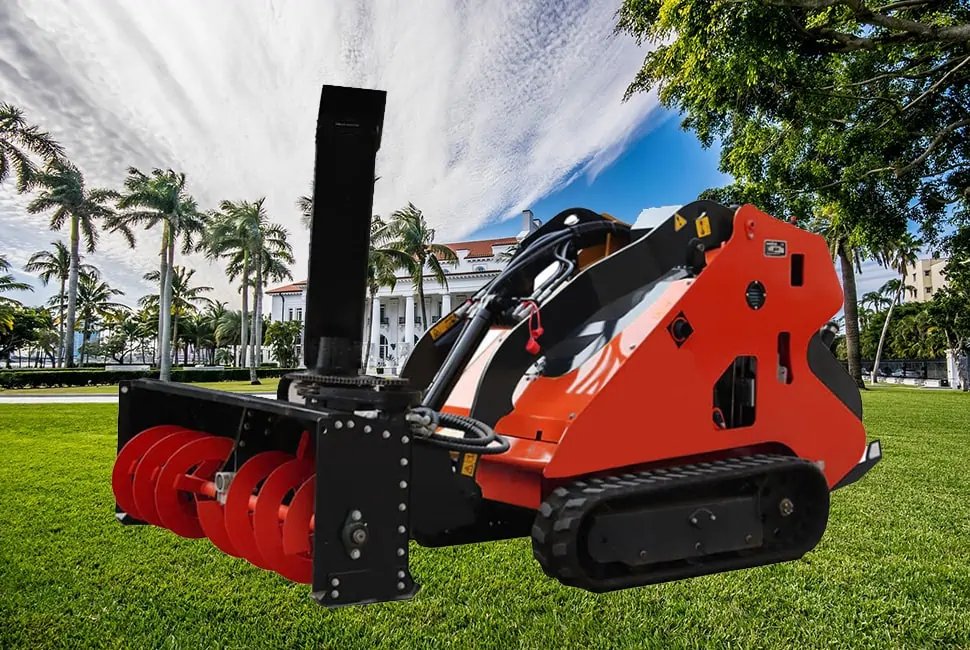Introduction
Are you embarking on a construction or landscaping project and need a versatile machine to assist you? Look no further than skid steer loaders. These remarkable machines are a staple in the industry, offering unparalleled utility and maneuverability. However, before diving in, it’s crucial to understand the significance of selecting the right skid steer loader for your project.
Enter wheeled and crawler skid steer loaders, the two main types vying for your attention. Wheeled skid steer loaders are known for their agility and adaptability in navigating tight spaces, while crawler skid steer loaders excel in challenging terrains with superior traction and stability.
In this blog, we’ll explore the pros and cons of each type, allowing you to make an informed decision that aligns perfectly with your project requirements. Get ready to unlock the potential of skid steer loaders and take your construction or landscaping ventures to new heights!
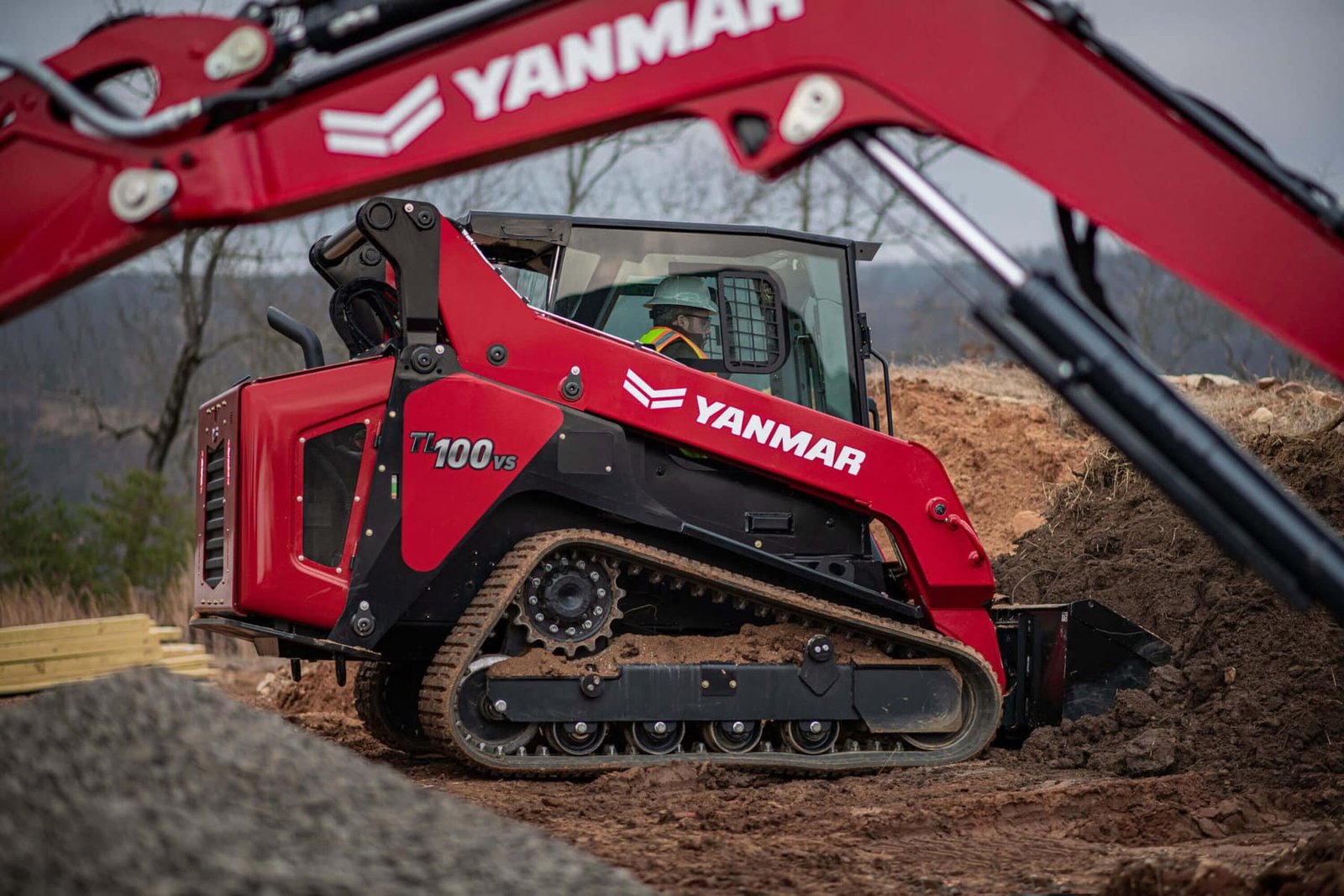
Wheeled Skid Steer Loaders
Are you considering a wheeled skid steer loader for your construction or landscaping needs? Wheeled skid steer loaders are powerful machines designed for versatility and maneuverability in various industries. They function by utilizing four wheels, enabling them to navigate tight spaces easily.
Pros of Wheeled Skid Steer Loaders
There are many advantages of using a wheeled skid steer loader. Some of them are given below.
Maneuverability
Regarding maneuverability, wheeled skid steer loaders have a clear advantage. Their compact size and ability to make sharp turns allow them to navigate through narrow pathways and crowded job sites. Whether you’re working in a confined area or faced with numerous obstacles, wheeled skid steers loaders excel in maneuvering around them, ensuring the efficient completion of tasks.
Versatility
Versatility is another notable advantage of wheeled skid steer loaders. These machines are designed to transition seamlessly between different terrains, making them suitable for indoor and outdoor applications.
Whether you’re working on concrete surfaces, gravel, or grassy landscapes, wheeled skid steer loaders can handle it all. Their adaptability allows you to tackle various projects, including construction, landscaping, and material handling.
Speed
Speed is a key factor in efficiency, and wheeled skid steers loaders deliver in this aspect. Their design and wheel configuration enables them to operate at higher speeds and exhibit greater agility than their crawler counterparts.
This means you can cover larger areas more quickly, increasing productivity and reducing project completion time. The ability to move swiftly around the job site is particularly beneficial when time is of the essence or when dealing with expansive projects.
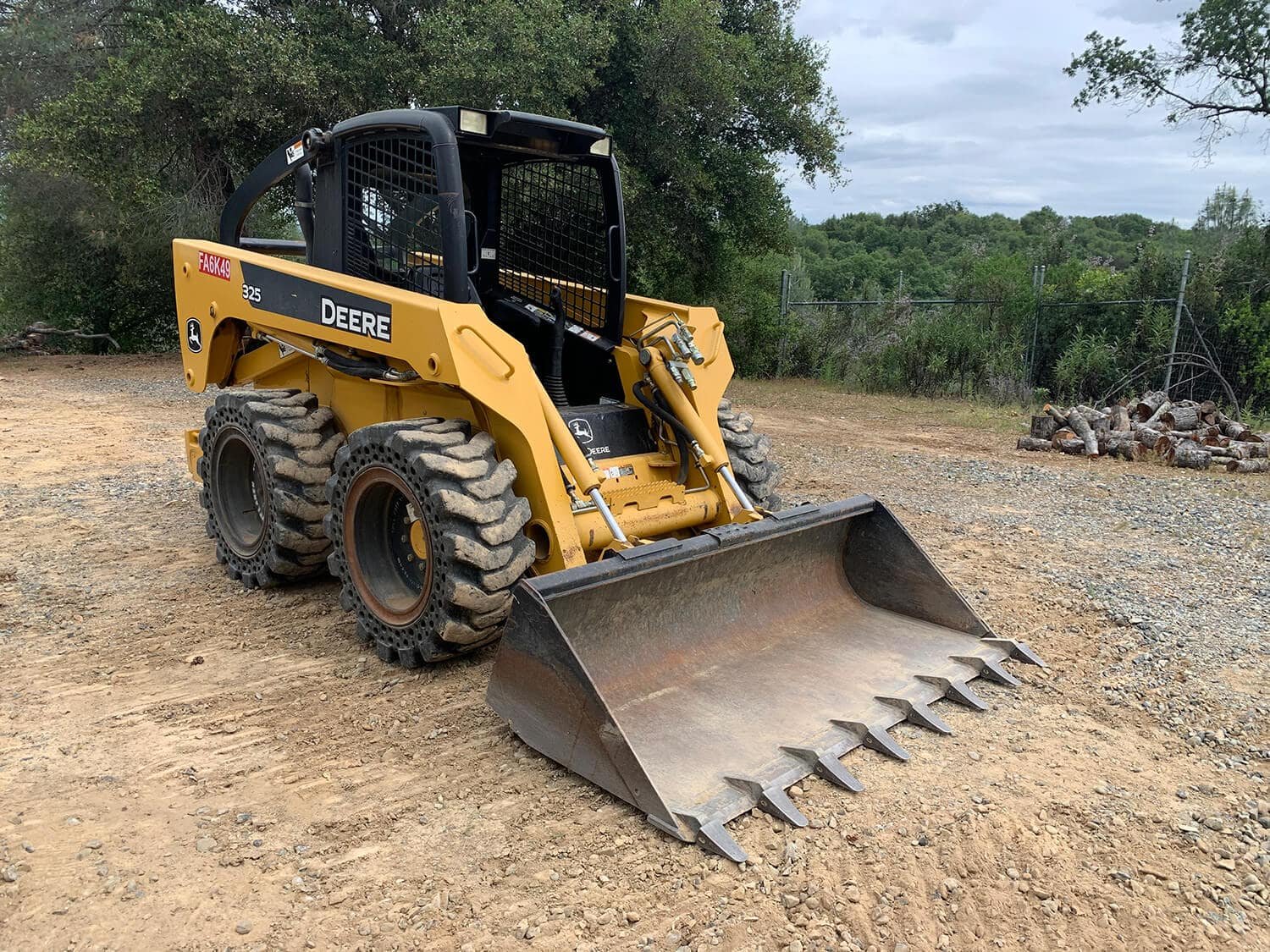
Cons of Wheeled Skid Steer Loaders
While wheeled skid steer loaders offer numerous advantages, it’s important to be aware of their limitations.
Traction
Traction can be a challenge, especially on uneven or slippery surfaces. When operating on muddy or sandy terrain, wheeled skid steer loaders may struggle to maintain traction, which can affect their performance and require extra caution from the operator. It’s essential to assess the conditions of your work environment and take necessary measures to optimize traction and ensure safe operation.
Stability
Another factor to consider is stability. Due to their wheel-based design, wheeled skid steer loaders have a higher center of gravity than crawler skid steer loaders. This means they have a potential for tipping or instability, particularly when operating on rough or uneven terrain.
Operators must be mindful of the machine’s stability and take appropriate precautions, such as operating at lower speeds and ensuring proper weight distribution, to minimize the risk of accidents.
Crawler Skid Steer Loaders
Are you considering a crawler skid steer loader for heavy-duty construction or challenging landscaping projects? Crawler skid steer loaders are robust machines that offer unique features and capabilities, distinguishing them from their wheeled counterparts.
Crawler skid steers loaders function with the help of tracks or crawlers instead of wheels. These tracks provide superior traction and stability, making them ideal for operating in challenging terrains. Whether you’re dealing with mud, snow, or steep slopes, crawler skid steer loaders excel in maintaining traction and maneuvering effectively.
Pros of Crawler Skid Steer Loaders:
Traction
One of the significant advantages of crawler skid steer loaders is their exceptional traction. The tracks enable these machines to grip the ground firmly, ensuring stability even on uneven or slippery surfaces.
Crawler skid steer loaders can handle demanding terrains that may pose difficulties for wheeled models. Their ability to operate effectively in challenging conditions provides an edge in heavy-duty applications.
Weight Distribution
Weight distribution is another benefit offered by crawler skid steer loaders. The tracks distribute the machine’s weight more evenly, enhancing stability and reducing the risk of tipping. This feature becomes particularly crucial when working on rough or uneven terrain, ensuring safe and efficient operation even in demanding environments.
Lifting Capacity
Crawler skid steer loaders are also known for their higher lifting capacities. These machines are designed to handle heavy lifting and demanding tasks. With their robust build and enhanced stability, they can manage larger loads, making them suitable for construction projects that require substantial material handling or lifting operations.
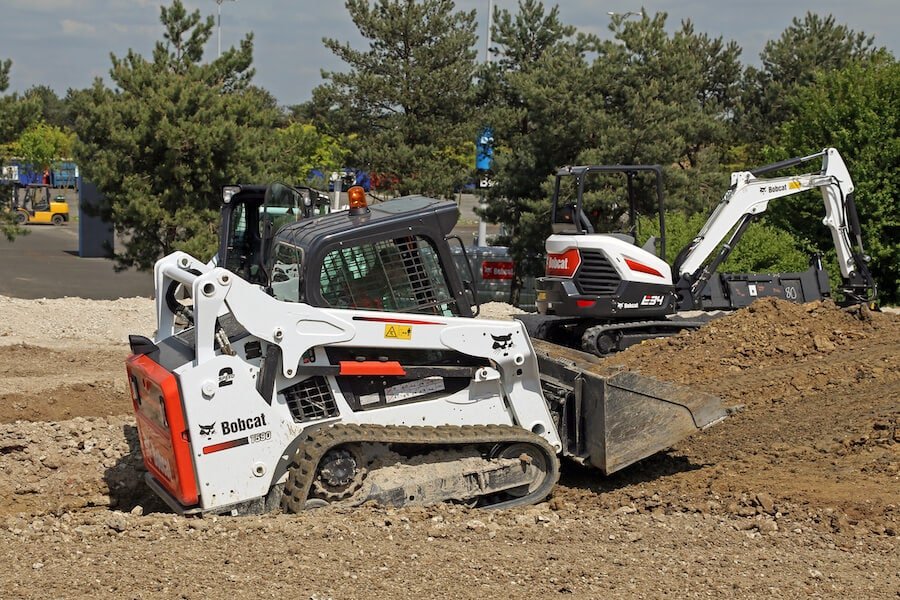
Cons of Crawler Skid Steer Loaders
While crawler skid steer loaders offer impressive capabilities, it’s important to be aware of their limitations.
Maneuverability
Maneuverability can be a challenge in tight spaces or congested areas. The tracks of crawler skid steer loaders may restrict their ability to make sharp turns or navigate through narrow passages with the same agility as wheeled models. Considering the specific work environment and ensuring that the machine’s maneuverability aligns with the project requirements is essential.
Speed
Regarding speed, crawler skid steer loaders are generally slower than wheeled models. The tracks provide excellent traction but may limit their speed and agility. This reduced speed can affect the ability to cover large areas quickly. However, it’s important to note that the trade-off for speed is often compensated by the machine’s superior traction and stability, which are particularly advantageous in challenging terrains.
Choosing the Right Skid Steer Loader
Are you tasked with choosing the right skid steer loader for your project? Choosing a wheeled or crawler skid steer loader depends on several crucial factors that must be carefully evaluated.
Considerations
First and foremost, consider your project requirements, the terrain you’ll be working on, and the conditions of the job site. Understanding these factors is essential in selecting the skid steer loader to deliver optimal performance and efficiency.
Evaluate the terrain, whether flat, uneven, muddy, or filled with obstacles. Assess the space available and the level of maneuverability required. By thoroughly considering these aspects, you can make an informed decision that aligns with the specific needs of your project.

Decision Factors
Terrain
Terrain plays a significant role in determining the suitability of wheeled or crawler skid steer loaders. Wheeled skid steer loaders excel in navigating tight spaces and maneuvering around obstacles. They are well-suited for projects that involve smooth surfaces or indoor applications.
On the other hand, crawler skid steer loaders offer superior traction and stability on challenging terrains such as muddy or uneven surfaces, slopes, or areas with snow. Their tracks provide the necessary grip to tackle these conditions effectively. By assessing the terrain you’ll be working on, you can determine whether a wheeled or crawler skid steer loader is better suited for your project.
Application
The nature of your project and the required tasks are crucial factors that influence the choice of a skid steer loader. Consider the specific applications you’ll be undertaking. If your project involves heavy lifting, demanding tasks, or substantial material handling, a crawler skid steer loader with its higher lifting capacity may be the more suitable option.
On the other hand, if your project requires maneuvering through narrow spaces, making sharp turns, or quickly covering larger areas, a wheeled skid steers loader’s agility and speed may be advantageous. Understanding the specific requirements of your project will help you determine which type of skid steer loader will better meet those needs.
There are instances where the advantages of wheeled or crawler skid steer loaders become more relevant. For example, if you’re working on a construction site with indoor and outdoor tasks.
A wheeled skid steers loader’s versatility in transitioning between different terrains and its ability to navigate tight spaces can be highly beneficial. Similarly, a crawler skid steer loader’s superior traction and stability will be advantageous if your project involves landscaping on challenging terrains with slopes or muddy conditions.

Conclusion
The choice between wheeled and crawler skid steer loaders ultimately depends on your project’s specific needs and conditions. Wheeled skid steer loaders offer superior maneuverability, versatility, and speed, making them ideal for navigating tight spaces and transitioning between different terrains.
On the other hand, crawler skid steers loaders provide exceptional traction, stability, and lifting capacity, making them suitable for heavy-duty tasks and challenging terrains. It is crucial to carefully evaluate your project requirements, terrain, and job site conditions before deciding. Doing so lets you select the skid steer loader that best meets your needs and ensures successful project execution.

